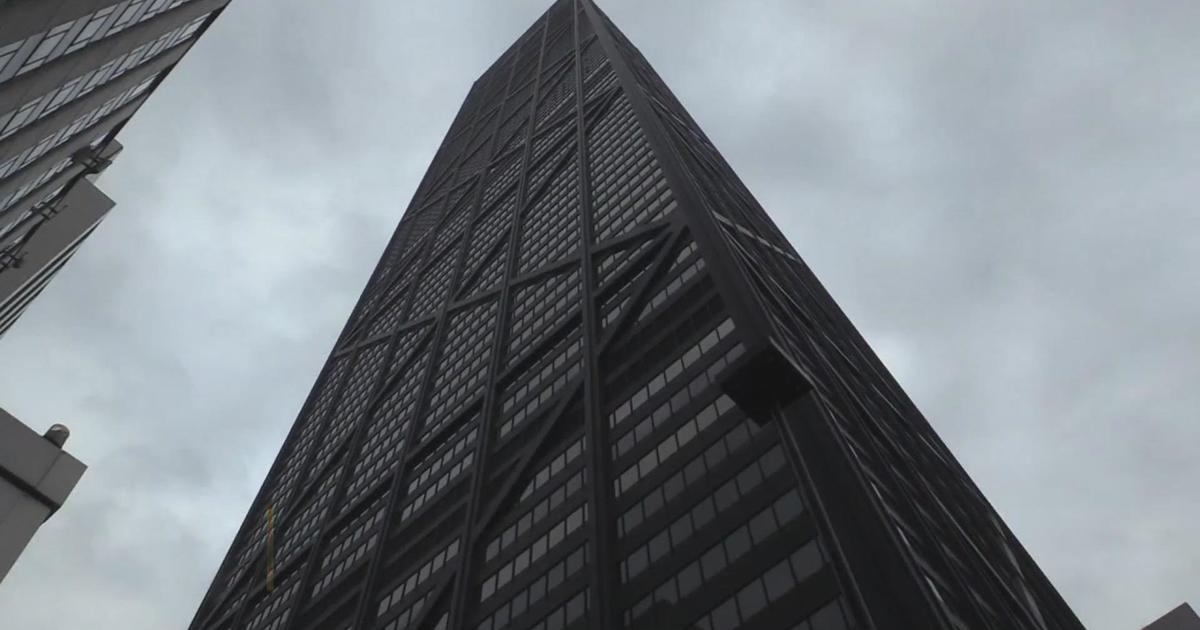Newer Homes Burn Faster, Safety Experts Warn
(CBS) -- When it comes to the modern comforts of home, newer isn't especially better.
CBS 2's Chris Martinez reports there's a reason for that: more synthetic materials than ever before.
"It's in the drapes, it's in the backing of the carpeting, it's in pillow stuffing. That's all synthetic material," says John Drengenberg, an Underwriters Laboratories consumer safety director.
It's in the construction of many homes, too, most commonly in the form of lightweight engineered I beams. They're a favorite among builders because they're strong and cheap, experts say.
"The reality is that the engineered lumber is something that burns faster, will collapse faster," Drengenberg says.
Underwriters Laboratories found traditional lumber lasted about 18 minutes in a fire, compared to lightweight material, which last four minutes.
It's that same material, firefighters say, that contributed to a massive fire that destroyed a Lake Forest home two years ago.
Within minutes, "the entire roof assembly of the residential structure collapsed at one time," Deputy Fire Chief Kevin Issel says.
Materials aren't the only problem. Experts say more modern floorplans are an issue, too. Open configurations, with no obstacles, allows fires to burn faster.
"In a fire situation, that means the fire can burn to many different areas of the home much more quickly," Dregenberg says. "We have less time to escape."
The escape time today is significantly shorter than it used to be.
Drengenberg, the safety official, says the average occupant had about 17 minutes to escape a home before it went into full-burn "flashover" mode.
"Today, because of the number of synthetic materials we have in our homes, that 17 minutes has dropped to three or four minutes," he says.
Also adding speed to fires are energy-efficient windows, compared with older glass with puttied edges.
"Older glass, it has putty around the edges so it could push against the putty until it hit the wood frame," says Steve Kerber, director of the UL Firefighter Safety Research Institute.
"Modern windows don't have that putty," he adds. "There's nothing to expand against … as soon as it heats up, it begins to crack almost immediately."
That, in turn, allows oxygen into the home, which feeds the fire. For that reason, always close the door if you are able when leaving.
What if you can't get out of a burning home? Kerber says the best place to be is behind a door.
"The most important thing you could do is get a closed door between where you are and where that smoke is, between you and the fire," he says. "That doorway by itself can buy you on the order of additional five minutes' worth of safety for the fire department to get you out."
Each day across the country an average of seven people are killed in house fires, according to the Red Cross.
Firefighters say that's why it's so important to have an escape plan. They say you should have practice fire drills and regularly check those smoke detectors.
The American Red Cross offers safety tips during the winter heating season and other fire prevention advice.



